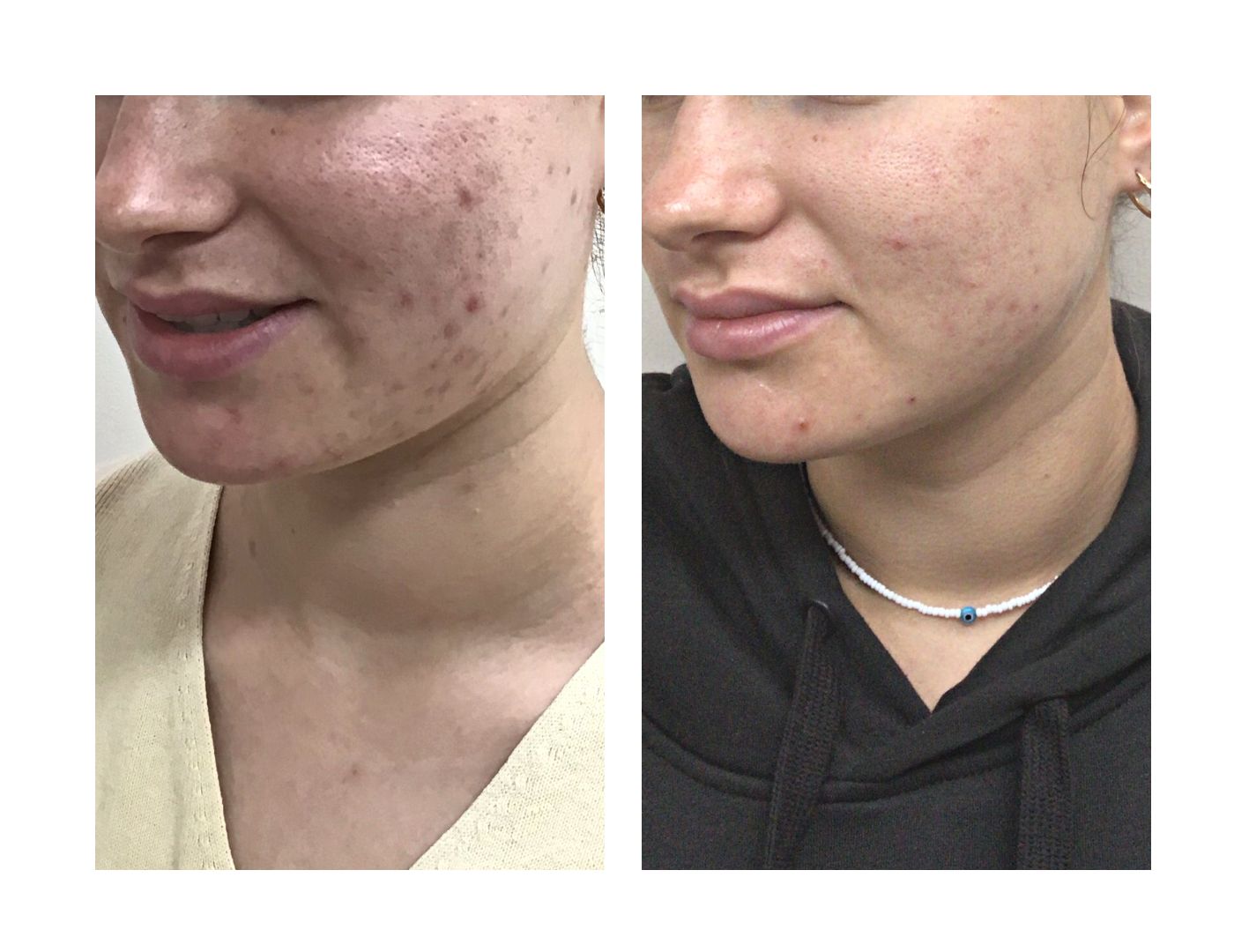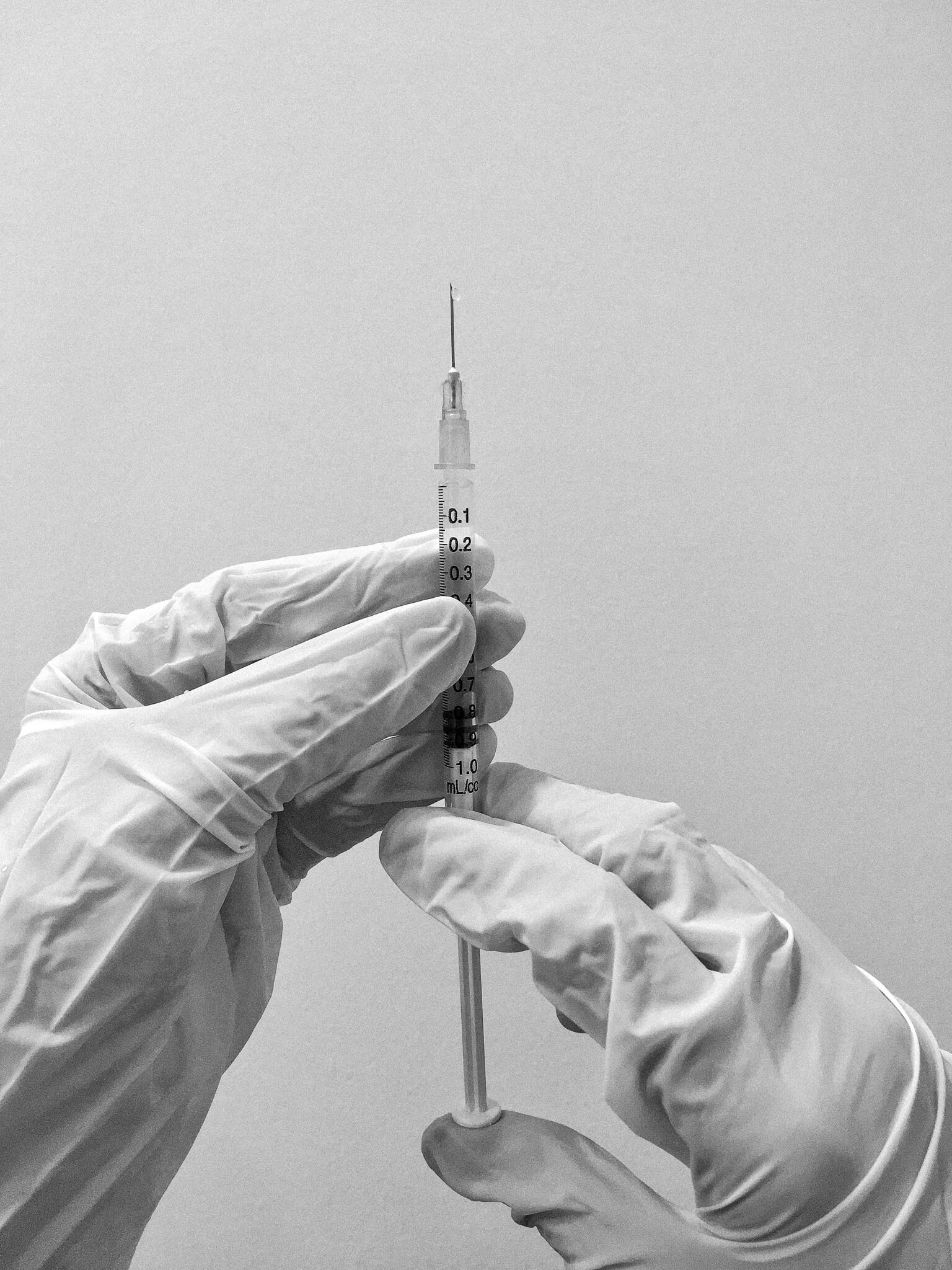aescend aesthetics
SKIN CONCERNS (ACNE) CASE STUDY

Hx: Patient presented with concerns of active acne, atrophic acne scarring and post inflammatory erythema (redness). In addition to having a history of Polycystic Ovarian Syndrome (PCOS) our patient was concurrently experiencing a high level of stress in her life, having recently gone through a relationship breakdown.
Tx: Upon extensive consultation with our patient, we identified multiple factors that triggered her persistent, pustular acne. PCOS is a common cause of female acne, in which patients frequently have elevated levels of testosterone and cortisol. These two hormones together effect skin by increasing sebum output (oil) and inflammation, delaying healing, and reducing the immune response. Together, these factors create an environment in which acne-causing bacteria thrive. Emotional stress can exacerbate this state by increasing cortisol, but by also raising the blood sugar content. As well as perpetuating inflammation, sugar provides a rich food source for bacteria, making the skin even more hospitable to their presence. Stress can also promote unhealthy lifestyle practices such as binge drinking and poor dietary intake which causes further disequilibrium. We worked with our patient to identify these triggers and educate her as to reducing their impact on her life and skin. We commenced her on a new home-care regime aimed at calming the skin, improving scarring and reducing oil, as well as requested pathology and a care plan referral to a specialist, female health dietician through her GP. We also began the patient on a series of light-based treatments and chemical peels, which alongside the lifestyle and dietary changes she had made, steadily reduced her outbreaks, and scarring. Within the space of a few months, we got her skin to the point where it was no longer reactive and inflamed, and we could start specifically targeting her scarring through skin needling and skin resurfacing with the Tixel. The results above were achieved over the space of approximately 7 months, and required a commitment from the patient, as well as tailored dietary advice. A year down the line, our patient has not required any topical or oral medication, her outbreaks are under control and she can manage her skin herself.



